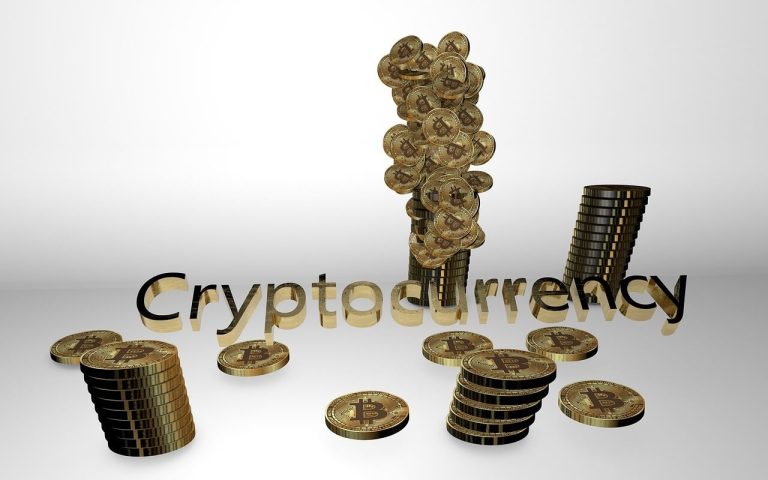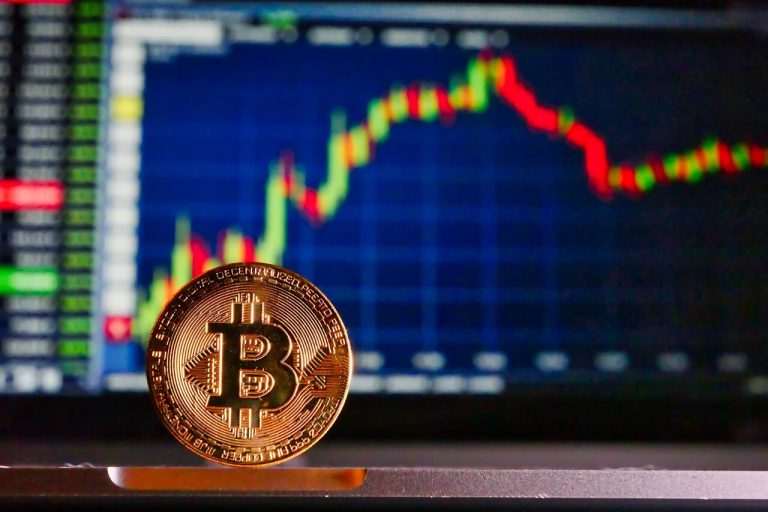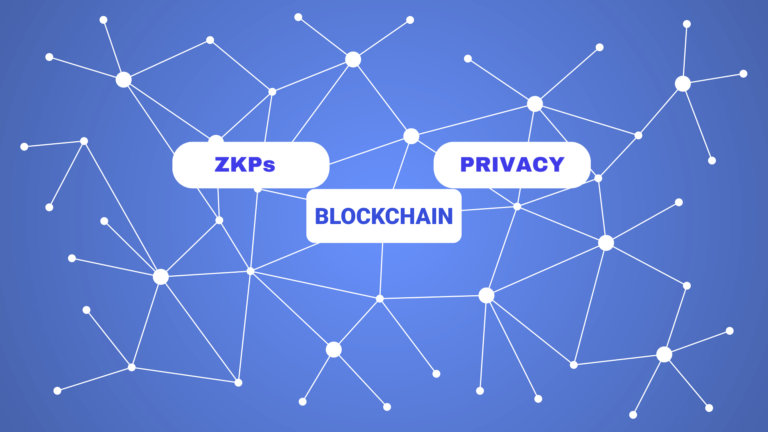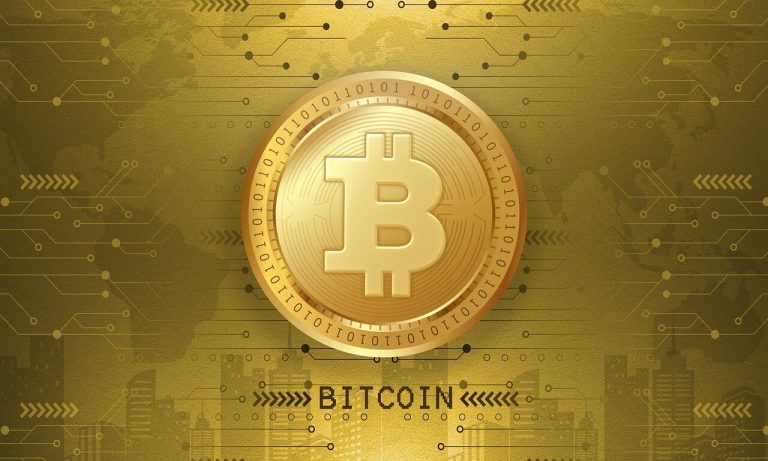What Is DeFi (Decentralized Finance) And How It Works
Learn how DeFi is changing finance with secure, transparent, and decentralized services. Explore its benefits, risks, and investment strategies in this simple guide.
Decentralized Finance (DeFi) has significantly evolved the financial world by offering services traditionally handled by banks and intermediaries through blockchain technology.
Unlike centralized systems, Decentralized Finance operates on open, permissionless blockchains that enable anyone with an internet connection to access different forms of financial products and services. These include lending, borrowing, saving, exchanging assets, and even insurance, all managed through smart contracts.
Decentralized Finance enhances efficiency, reduces costs, and empowers users to have full control over their funds. It also opens the door for innovative financial products and the creation of entirely new systems that challenge the traditional financial model.
With its ability to compose different protocols to build complex financial products, DeFi is rapidly becoming a disruptive force in the blockchain and cryptocurrency space.
Decentralized Finance also raises concerns about regulation, security, and systemic risks, making it a critical area of focus for researchers and developers. Its potential to transform finance is vast, providing a glimpse into a more open and accessible financial future.
READ ALSO: How Decentralized Oracles Power the DeFi Ecosystem [The Hidden Truth]
READ ALSO: How Crypto Lending Platforms Work: Top Secrets You Must Know
READ ALSO: Top 7 Eco-Friendly Blockchain Platforms in 2025
What is Defi?
Decentralized Finance (DeFi) is a way of handling money and financial services. It works on blockchain technology and uses cryptocurrencies instead of traditional fiat money. DeFi allows people, businesses, and other entities to deal directly with each other without needing a central authority like a bank.
Through Decentralized Finance, financial services like lending, investing, and asset management become accessible in a decentralized setup. This approach gives individuals more control and freedom over their finances, shifting power away from traditional financial institutions.
How Does DeFi Work?
Decentralized Finance (DeFi) operates on blockchain technology, commonly built on Ethereum. A blockchain is a secure and unchangeable digital ledger that records transactions. Cryptocurrencies, created and stored on blockchains which serve as the primary assets in decentralized Finance systems.
Smart contracts power the DeFi ecosystem. These are self-executing programs on the blockchain that define and enforce the terms of a transaction. Instead of relying on a central authority like a bank, smart contracts enable transactions directly between participants. They can hold and transfer cryptocurrency assets based on agreed-upon terms, all without intermediaries.
One of DeFi’s defining features is transparency. The terms of smart contract are encoded and openly available for review, ensuring trust and accountability. Transactions occur on a peer-to-peer basis which allow individuals to engage directly without third-party oversight.
In the Decentralized Finance model, users maintain full control over their assets. Private encryption keys give individuals ownership and custody of their funds which eliminate the need for centralized entities.
DeFi reduces fees and streamlines processes by removing intermediaries like banks and financial institutions. This decentralized approach empowers individuals, enabling faster, cheaper, and more transparent financial interactions while reshaping the future of financial systems.
Benefits of DeFi
1. Decentralization
Decentralized Finance operates without a central authority, reducing the risk of total collapse due to a single point of failure, as seen in centralized finance (CeFi).
2. Permissionless Access
There is no need for approval from any authority. Smart contracts automatically execute transactions based on their programmed rules.
3. Transparency
Smart contracts are open and accessible on the blockchain. Users can view and understand the terms and logic of each transaction.
4. Anonymity
Decentralized Finance allows users to transact without revealing personal information. Unlike traditional systems, identification requirements like “Know Your Client” (KYC) are not enforced.
5. User Custody
Users maintain full control of their assets and private keys, ensuring complete ownership without reliance on third parties.
6. Decentralized Applications (dApps)
DeFi supports dApps that offer diverse financial services and additional utilities like gaming, social media, and more.
7. Lower Fees
Without intermediaries, Decentralized Finance transactions often have significantly lower fees compared to traditional financial systems.
Risks of DeFi
1. Lack of Regulation
Decentralized Finance platforms often operate outside regulatory frameworks, leaving users without legal protections. Exercise caution when engaging with unregulated platforms.
2. Unpredictable Losses
Cryptocurrency-based accounts lack government backing. Invest what you can afford to lose.
3. Universal Accessibility
While anyone can access DeFi, it doesn’t mean it’s suitable for everyone. Ensure you fully understand the technology before participating.
4. Potential Vulnerabilities
Though blockchains are secure, the software used by DeFi services can be hacked. Claims of transparency and security should be verified carefully.
5. No Consumer Protections
Decentralized Finance transactions are irreversible, and there may be no recourse for lost funds or disputes. Counterparties could be located anywhere globally.
6. Overcollateralization
Borrowing in DeFi often requires collateral equal to or greater than the loan amount. Collateral can be automatically seized if repayment terms aren’t met.
7. Private Key Management
Your private key secures access to your assets. Losing it means permanent loss of funds, with no recovery options available.
8. Risk of Scams
Distinguishing between legitimate opportunities and fraudulent schemes can be difficult for new users. Scammers often exploit the lack of regulation.
9. Unregistered Operations
Some decentralized Finance services may appear as investment or banking opportunities but could be illegal. Investigate thoroughly before committing your funds.
How to Invest in Decentralized Finance
1. Set Up a Digital Wallet
Start by choosing a reliable crypto wallet to store your assets. Ensure it supports the cryptocurrencies and DeFi protocols you plan to use. Wallets like MetaMask are popular as they provide access to Decentralized Finance platforms and token exchanges.
Look for features like security, backups, and compatibility with major DeFi protocols like Uniswap and Aave. Managing your private keys is important because losing them means losing access to your funds.
2. Buy Cryptocurrencies
You need cryptocurrencies like Ethereum (ETH) to participate in Decentralized Finance. These coins are used to pay transaction fees and invest in financial services. Purchase them from trusted exchanges and transfer them to your wallet for security. Learn how to send and receive crypto properly to avoid errors.
3. Engage with DeFi Protocols
Connect your wallet to DeFi platforms to start investing. These platforms offer services like lending, token swaps, staking, and liquidity pools. Research protocols thoroughly before using them. For instance, Uniswap is great for trading tokens, while Aave specializes in lending. Understand the platform’s mechanics, risks, and potential rewards before committing funds.
4. Track Your Investments
Once invested, keep an eye on your portfolio. Use tracking tools to monitor token prices, protocol performance, and market trends.
DeFi Investment Strategies
1. Staking and Yield Farming
Staking involves locking up your coins to earn rewards, often in Proof-of-Stake systems. Yield farming offers returns by providing liquidity to DeFi pools like those on Aave or Uniswap. Both strategies carry risks, such as token price fluctuations and impermanent loss.
2. Investing in DeFi Tokens
Buy tokens linked to promising Decentralized Finance projects, hoping their value will rise. Before investing, research the project’s credibility and potential growth. This approach is risky due to token price volatility, so diversify your holdings and monitor the market closely.
3. Diversify and Manage Risks
Spread your investments across various tokens, protocols, and strategies to reduce exposure to losses. Set limits to manage risks and adjust your portfolio as market conditions change. This balanced approach helps protect against losses while leveraging growth opportunities.
Frequently Asked Questions
Is Defi Wallet Safe
Yes, because your file is protected with a password that only you know. This password is never stored or shared.As long as you keep your password and private keys safe, no one else can access your wallet or funds.
What is Defi Staking
Decentralized Finance staking means locking up your cryptocurrency in a smart contract on a decentralized platform. This process helps support and secure the network. In return, users earn rewards for their participation.
What is a Defi Wallet
A DeFi wallet is a digital tool for managing cryptocurrencies. It lets users store, send, and receive crypto while connecting with decentralized apps (dApps) and DeFi platforms.
DeFi is short for decentralized finance. It allows direct access to financial services through blockchain technology.
Conclusion
Decentralized Finance (DeFi) is reshaping how financial services are accessed and managed by offering transparency, lower fees, and user control over assets. It provides innovative ways to lend, borrow, and invest through blockchain technology and smart contracts.
However, potential risks like lack of regulation, security issues, and loss of private keys highlight the need for caution and thorough research. As DeFi evolves, it holds immense potential to democratize finance and transform traditional systems.







